16 Million Bushels Annually
500,000 Acres of Soybeans
12,800 Maryland Farm Families
$200 Million Value of Soybeans in Maryland's Economy
Tell
Me
About:
GMO Soybeans
Farmers and gardeners have been creating plant hybrids for as long as they’ve been growing plants. Biotechnology simply serves as a more technologically advanced method.
USDA says that while particular biotech traits may be new to certain crops, the same basic types of traits are often found naturally in plants and allow them to survive and evolve.
What do we know about GMO food safety?
Every plant improved through the use of food biotechnology is examined by the FDA and EPA for potential health risks. Tests are done on plants before entering the food and animal feed supply. The World Health Organization (WHO) reports that current foods containing biotech ingredients have passed human health risk assessments. In addition, the WHO says no effects on human health have been shown as a result of the consumption of biotech foods. Source: http://findourcommonground.com/food-facts/gmo-foods/
Conventional versus Organic Foods
Organic does not necessarily mean a healthier product. In fact, a comprehensive review of some 400 scientific papers on the health impacts of organically grown foods, published in the journal Critical Reviews in Food Science and Nutrition, concluded organic and conventional food remain equally healthy.
All foods – whether organic or nonorganic – must meet certain health and safety regulations before being sold to consumers. Several U.S. government agencies, including the Food and Drug Administration (FDA) and Environmental Protection Agency (EPA), monitor the food production chain through regulations and inspections from farm to fork to ensure that all food is safe.
Understanding what classifies food as organic is complex. The production processes involved in growing or raising food qualify it as organic, not the final product itself. Organic classification should not be an automatic green light indicating the quality or safety of a product.
Is organic food more nutritious?
The USDA, which certifies organic production, makes no claims that organically grown food is more nutritious than conventionally grown food. Organic food proves to be only different in how it is grown, handled and processed.
In the case of milk, stringent government standards include testing all types of milk for antibiotic and other residues to ensure that both organic milk and conventional milk remain equally pure, safe and nutritious. Organic or traditional, all milk contains the same valuable nutrients.
Soybean Estrogens
Isoflavone intake for the average U.S. person is only 2.35 mg/day. Often the soy ingredients added to many foods are soy oil and lecithin, which do not contain isoflavones.
Concerns that Americans are exposed to large amounts of isoflavones because soy is added to a number of commonly consumed foods aren’t borne out by the data. The total mean intake of isoflavones in Asian countries ranges from 25 to 50 mg/d, with a small proportion (10%) consuming as much as 100 mg/d.
– See more at: http://www.soyfoods.org/myth/hormone-intake#sthash.JyWHUSUi.dpuf
Can we have food AND fuel? Yes!
It is easy to see how using wastes and byproducts to make biodiesel is a good thing, but some people have trouble understanding that using soybean oil works the exact same way. Biodiesel uses excess oil that we don’t use in our food supply. In doing so, biodiesel improves the economics of providing a healthy mix of protein, carbohydrates, and fat that we do use in our food supply.
Let’s start with soybean basics. Soybeans are the most efficient crop for producing protein. Protein demand drives the planting of soybeans. Soybeans are crushed to separate the protein meal from the oil. Every soybean is approximately 20% oil and 80% protein meal. Protein meal is fed to livestock and consists of approximately 50% pure protein while also containing significant amount of carbohydrate energy and dietary fiber. From this meal, livestock receive a balance of required nutrients. This diet may be supplemented with some fat. However, the soybean oil produced with every bean is far in excess of the fat that is fed to livestock. – See more at: http://www.biodieselsustainability.com/2015/02/24/biodiesel-does-not-compete-with-food/#sthash.mYdJhx2v.dpuf
– See more at: http://www.biodieselsustainability.com/2015/02/24/biodiesel-does-not-compete-with-food/#sthash.mYdJhx2v.dpuf

Innovation behind the Bushel
Learn more!

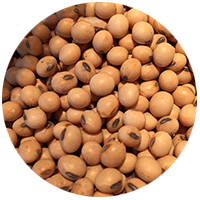
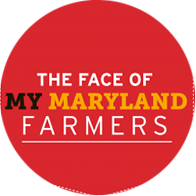
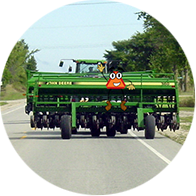

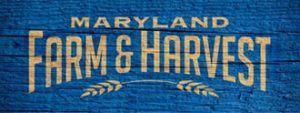
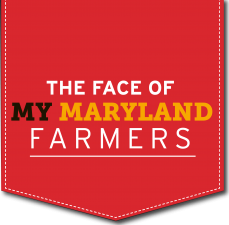

0 CommentsComment on Facebook
View more comments